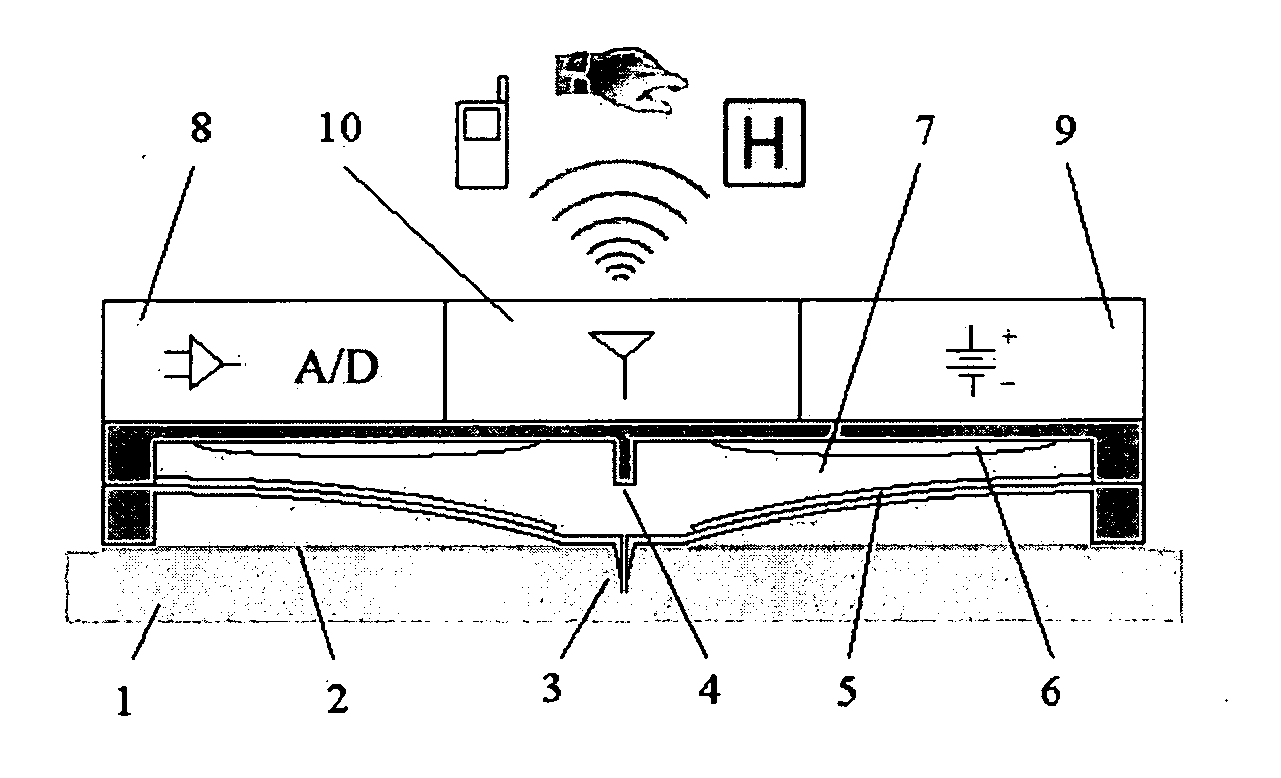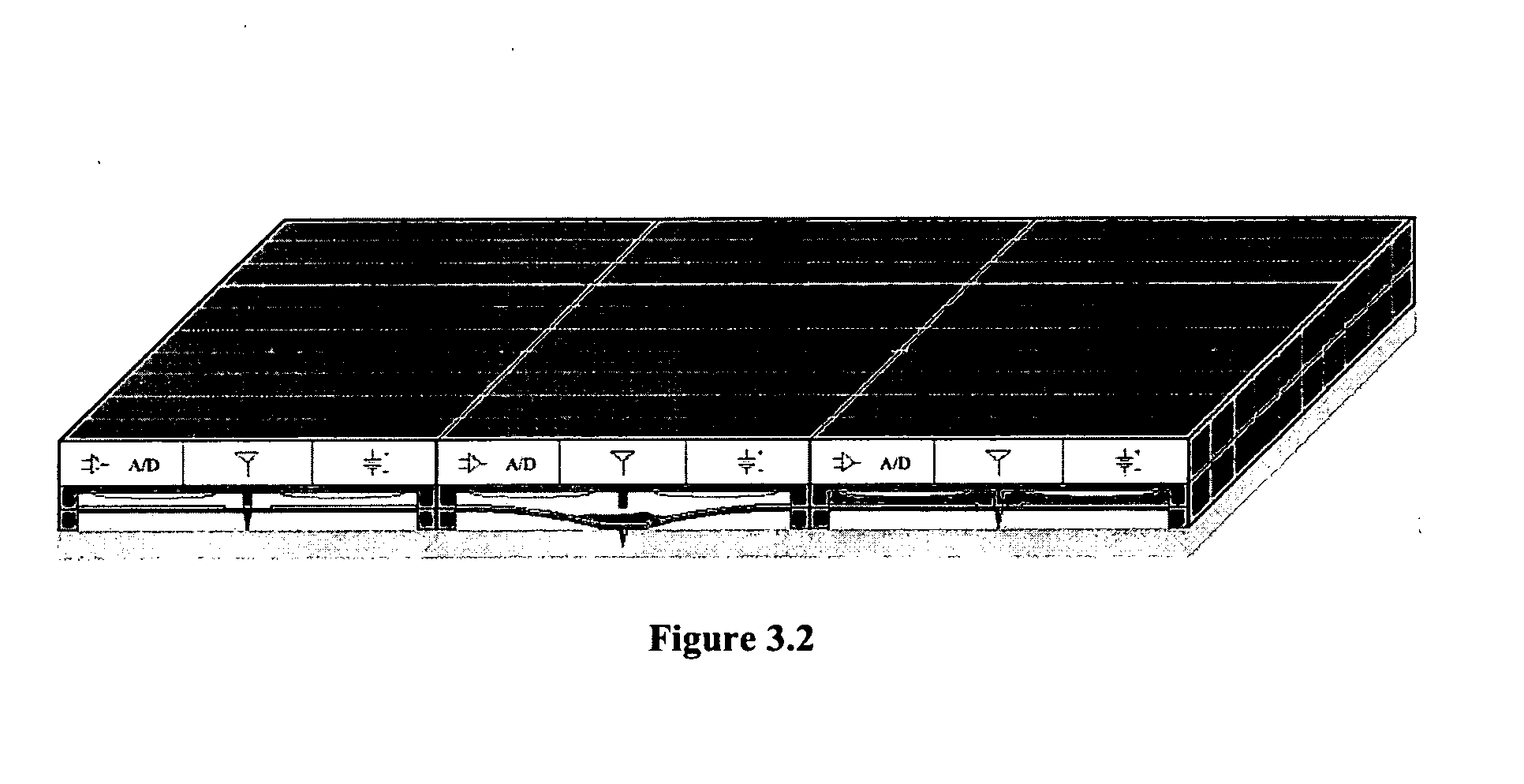Fluid sampling, analysis and delivery system
a technology of fluid sampling and analysis, applied in the field of fluid sampling, analysis and delivery system, can solve the problems of foreign body reactions related to scar tissue buildup around the sensor, inability to wide-spread and routine use, repeatability and associated errors of non-invasive blood sampling techniques, etc., to achieve smooth penetration, small volume of blood, and minimal skin irritation
- Summary
- Abstract
- Description
- Claims
- Application Information
AI Technical Summary
Benefits of technology
Problems solved by technology
Method used
Image
Examples
Embodiment Construction
[0052] Design of the Building Blocks
[0053] Microneedle
[0054] A variety of different approaches have been put forward in designing the microneedles. In terms of fabrication techniques, in-plane [13, 17, 20, 36, 37] and out-of-plane [11, 12, 15, 16, 38-46] solutions have been suggested. Single microneedles are normally produced in-plane, and are much larger in size, while out-of-plane designs are smaller and are routinely fabricated in a matrix. A clear distinction is made between microneedles for drug delivery, and for blood sampling. In-plane needles are efficiently used for blood sampling because of their longer size [13, 20, 36]. With the recognition of the efficacy of subcutaneous drug delivery, out-of-plane microneedles are routinely preferred for that purpose [12, 15, 38, 47].
[0055] The human skin is composed of three layers: (1) the stratum corneum is the outermost layer and is made of dead tissues; (2) the epidermis, a tissue of living cells and interstitial plasma, which ...
PUM
 Login to View More
Login to View More Abstract
Description
Claims
Application Information
 Login to View More
Login to View More - R&D
- Intellectual Property
- Life Sciences
- Materials
- Tech Scout
- Unparalleled Data Quality
- Higher Quality Content
- 60% Fewer Hallucinations
Browse by: Latest US Patents, China's latest patents, Technical Efficacy Thesaurus, Application Domain, Technology Topic, Popular Technical Reports.
© 2025 PatSnap. All rights reserved.Legal|Privacy policy|Modern Slavery Act Transparency Statement|Sitemap|About US| Contact US: help@patsnap.com



